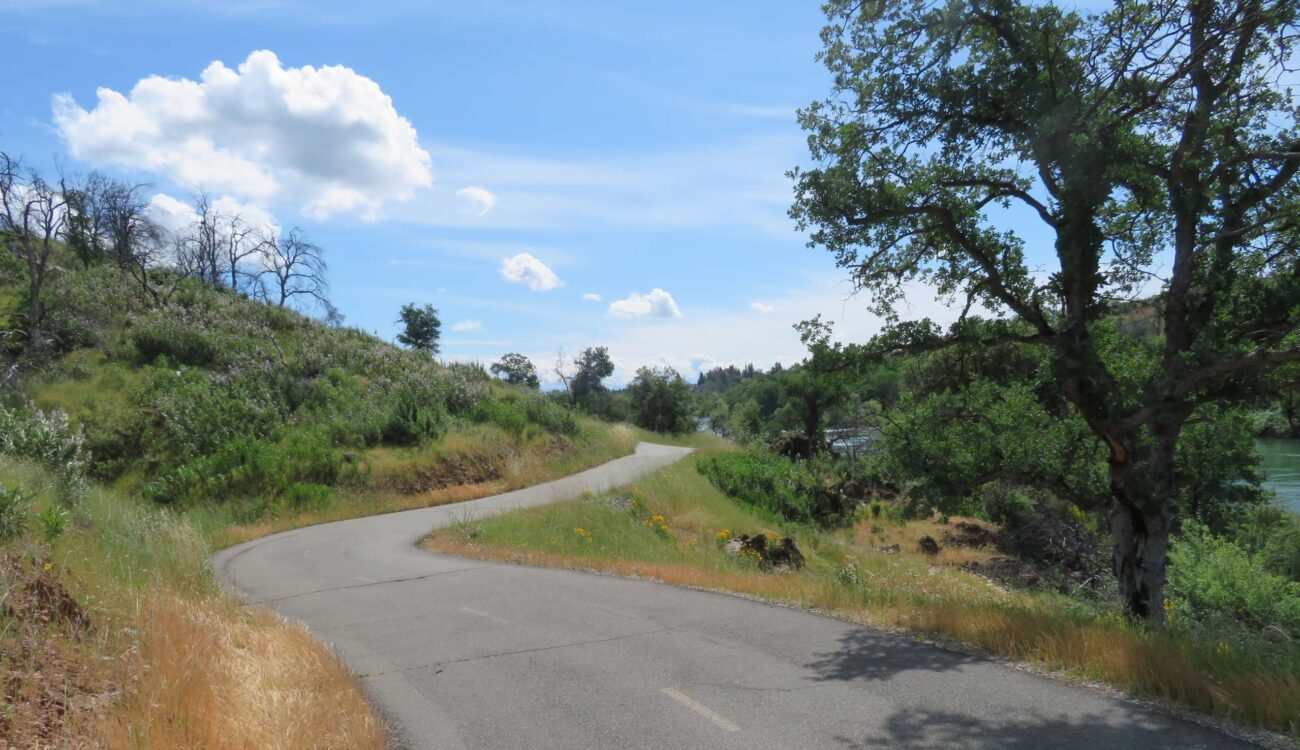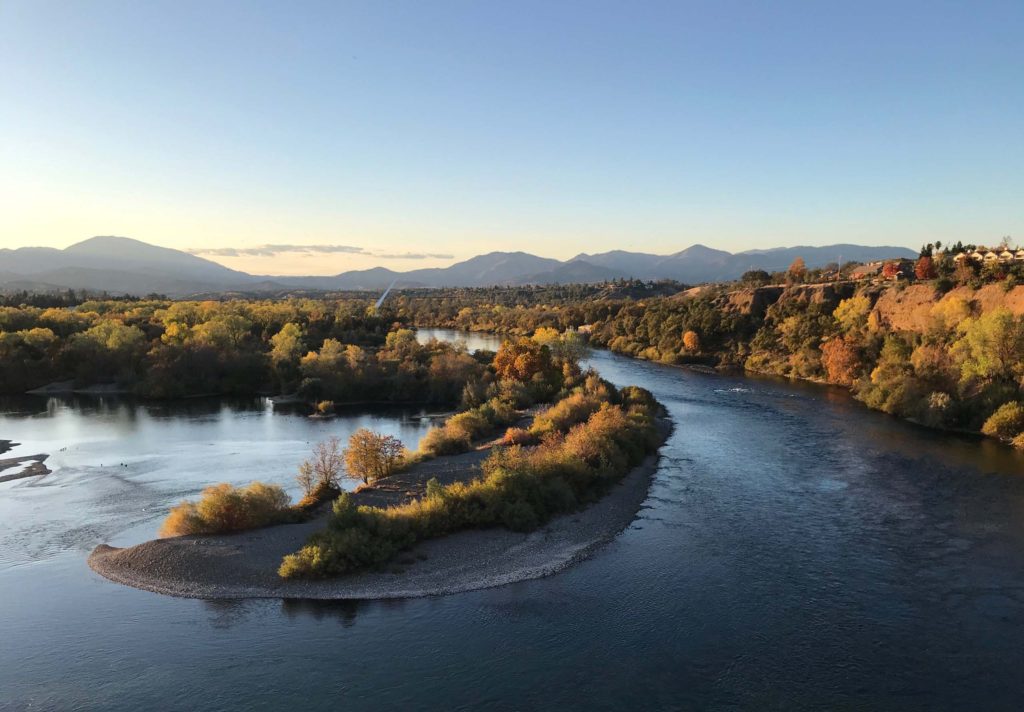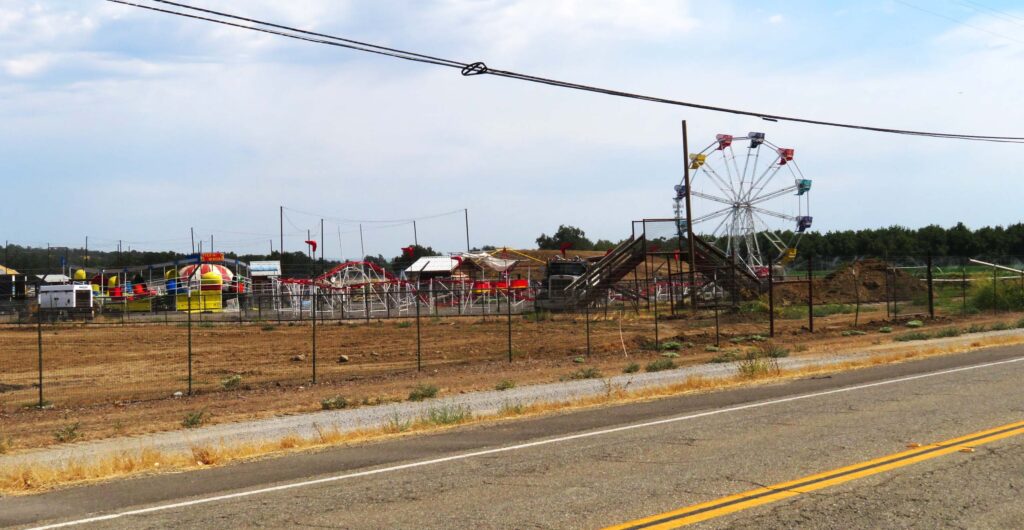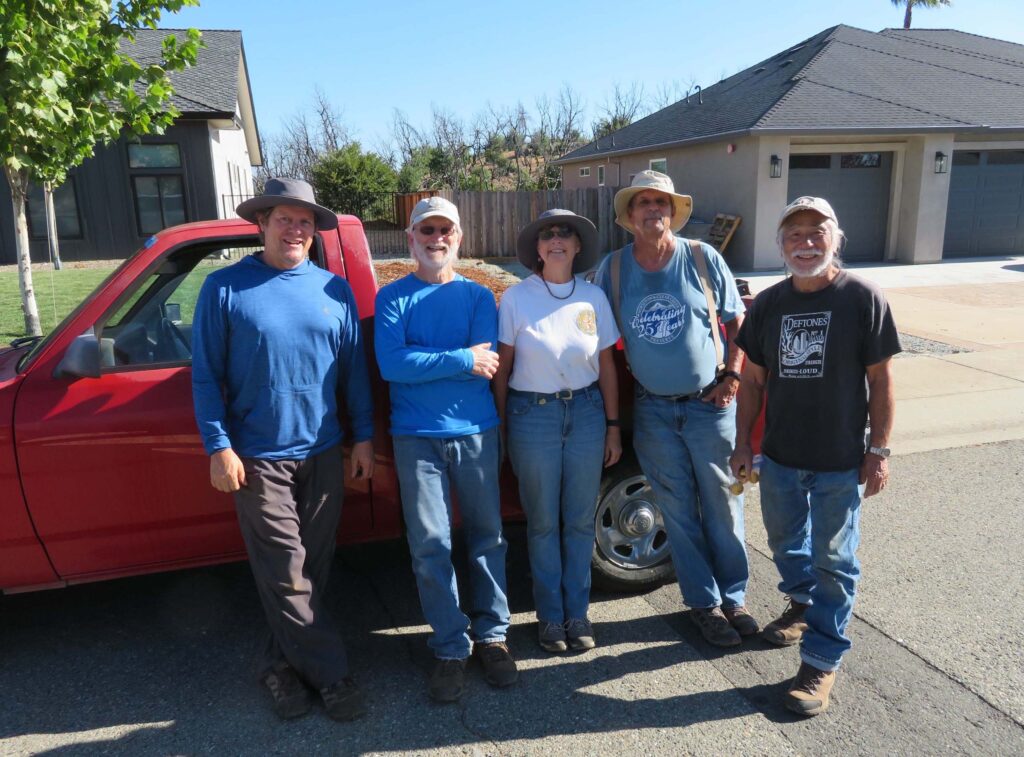
Shasta Chapter CNPS recently commented on the City of Redding’s General Plan EIR, rejecting the proposed General Plan because of the weak language that was inserted into multiple elements of the Plan. Language such as “strive to,” “consider,” and “work to,” weakens the General Plan policies to the point that they could be interpreted at the whim of various City departments, primarily Planning. The Chapter recommends the “No Project” alternative until the weak language of the Plan is changed. Here are a few examples of Shasta Chapter CNPS suggested changes in strikeout and bold:
- Goal CDD4:
Work to p - CDD7A –
Strive to mMaintain well-defined community edges using open space buffers, greenbelts, agricultural lands, stream corridors, and other natural features. Where this is not feasible, utilize City-wide “gateway” treatments through signage and/or identifiable landscape features or other aesthetic elements. - NR4A –
Prioritize avoidance/minimizationPrevent development-related disturbances of sensitive habitats and “special status species” by encouraging innovative site design and planning. Ensure implementation of statutory protection for these species and require appropriate mitigation if disturbed. - NR6D –
Strive to pProtect and manage the urban forest to reduce energy demand, increase carbon sequestration, and reduce urban heat gain. - NR14A –
Consider developing and adoptingDevelop, adopt, and implement a “Climate Action and Resiliency Plan” for Redding. Such a plan, if adopted, should establish GHG emissions reduction goals for 2035 and 2050, include an effective progress reporting timeline, and update the GHG inventory and forecasts at appropriate intervals.
The development and enactment of a Climate Action Plan was an important and consistent consideration of members of several focus groups but, each time we returned for the next meeting, the language was weakened. While the Planning Staff did do an excellent job in bringing in a wide range of community interests to participate in updating the General Plan, rumored word is that legal council wanted a weak Plan so it would be hard to sue the City.

Hawes Ranch Proposed Zoning Change to Commercial Recreation
Hawes Ranch has had an agriculturally oriented entertainment center on about 20 acres of land south of Hawes Ranch Supply on Dersch Road, Anderson, for a number of years, on land zoned Planned Development (PD). At first, the entertainment was primarily a harvest festival with a corn maze, hay rides, and pumpkin patch. Over the years, it grew to include many unauthorized events and structures such as a Ghost House, go-karts, live amplified music, carnival rides, food booths, and an amusement park including a Ferris wheel. Weddings and other events were held there. Following numerous continuing complaints from neighbors and fire code violations, the County notified Hawes Ranch in 2017 that they had to bring their operation into compliance with zoning and other regulations.
In 2021, Hawes Ranch submitted plants to enlarge its operations, and have the zoning changed to Commercial Recreation (CR). The County changed the definition of CR zoning to cover all of the Hawes zoning violations, as well as the additional activities Hawes is proposing. The net result was that the County proposed changing the zoning of all 137 acres of the property between the farm supply and the Sacramento River, including the floodplain and the riparian areas, to CR zoning. The problem with this is that the County did not do a biological survey; it merely stated that the land was degraded by agriculture and it wasn’t needed and decided a Negative Declaration would apply, meaning no mitigation was required. This was in spite of a problem with neighbors due to traffic, lights, and noise concerns.
In its comments, California Department of Fish and Wildlife stated that the riparian area was important to raptors and other animals and should be protected. There are two federally protected Bald Eagle nests in the area, and federal and state protected salmon in the Sacramento River. Of concern to CNPS is the ~10 acres of valley oak woodland next to the river, with its associated plant life in the understory.
The zoning change was approved by the Shasta County Planning Commission on August 24, 2023, and will go to the Board of Supervisors in late September or early October. Shasta Chapter will object to the inclusion of riparian areas in the CR zoning, and a lack of a biological survey at the next board meeting.

Blue Oak Restoration Project
The blue oak acorns that Shasta Environmental Alliance (SEA) planted near the Westside Trail complex over the last three years have been a success! We have about 50 seedlings growing, some as tall as three feet, and last year’s rains really helped get them there! While black oak and interior live oak are re-sprouting profusely along the trail, few of the blue oaks have done so except for those that SEA planted. Thank you to our volunteers for giving life to these blue oaks!

For more conservation news, please see Shasta Environmental Alliance’s September 2023 Newsletter. You’ll find many more current environmental issues and articles in this monthly mailing! ~David Ledger, Conservation Chair
